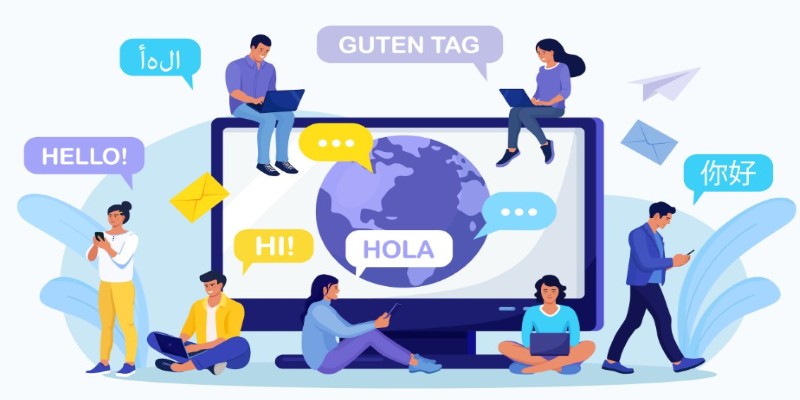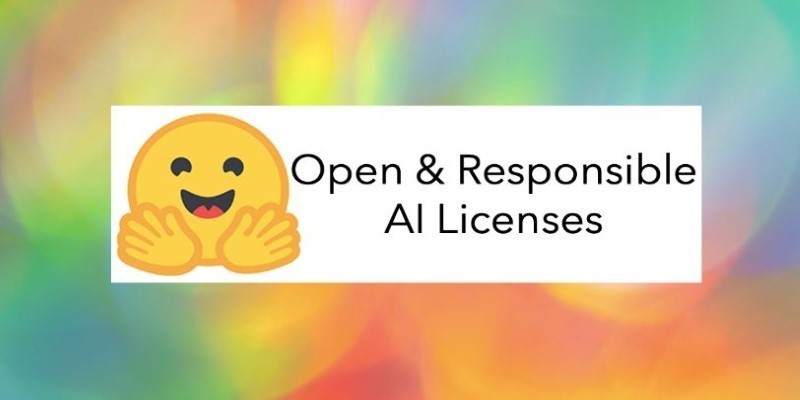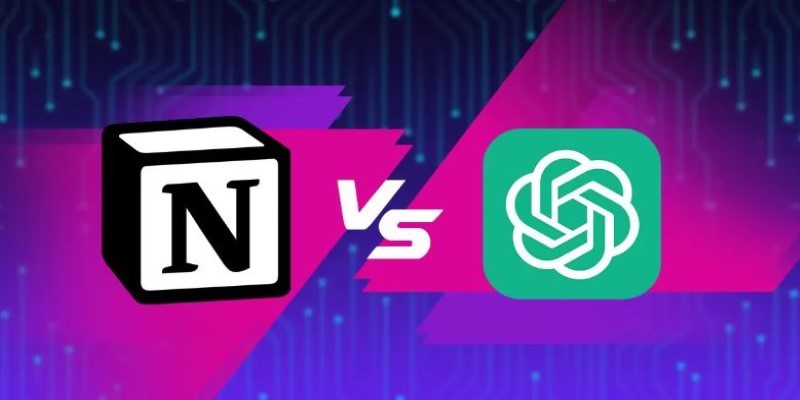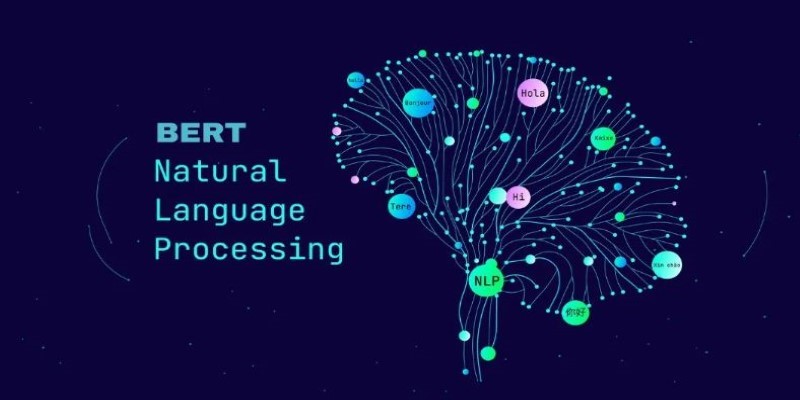Advertisement
Aya Expanse is making a quiet but powerful mark in language models. Unlike the more publicly hyped models, Aya Expanse focuses on a specific goal—breaking the language barrier, not just across a few major languages, but on a truly global scale. Built by Cohere, Aya represents a step away from language modeling that centers primarily on English or other dominant languages.
Instead, it is an effort to bring hundreds of languages onto equal footing, creating one of the most expansive open-weight multilingual AI models to date. In a world where linguistic diversity is often an afterthought in tech, Aya signals a shift toward something more inclusive, balanced, and human.
Aya Expanse is a family of large language models developed by Cohere focused on multilingual understanding and generation. While Aya's name might suggest a single model, it's a suite trained across over 100 languages. It includes open-weight models, meaning developers and researchers can use them without relying on a proprietary API. This separates Aya from closed systems like GPT-4 or Gemini, where the underlying models are kept behind commercial walls.
Cohere released the Aya model with 13 billion parameters in early 2024, optimized for performance across varied languages, including low-resource ones that are typically overlooked. Many language models perform well in English, and a handful of major world languages, but Aya was designed to serve communities whose languages are rarely supported by AI tools. This includes regional dialects, endangered languages, and even languages with less available text data online.
The backbone of Aya's training process involved supervised and unsupervised techniques. It ingested text from a wide range of domains, including literature, social media, government publications, and oral transcriptions, all while maintaining respect for linguistic nuance. The developers also included fine-tuning with human feedback and quality control checkpoints to make sure the model responded appropriately in different cultural contexts. Aya's training corpus was multilingual from the ground up, not an afterthought tacked onto an English-first base.
Most people still think of AI as an English-centric tool. That makes sense when English dominates the internet and most popular applications. But the world speaks over 7,000 languages. The digital world remains inaccessible or inefficient for large parts of the global population because their native tongue is not represented in mainstream AI systems.

That’s where multilingual models like Aya become necessary—not just as a technical accomplishment but as a way to give equal digital access. It's not just about translation. True multilingual AI must understand context, slang, idioms, and subtle communication markers in different cultures. If someone asks a question in Yoruba, Urdu, or Quechua, the model must grasp it in the same depth as if it were phrased in English.
Aya doesn't rely on pivoting everything through English. Instead, it processes input directly in the native language, which improves quality and reduces cultural distortion. For businesses and governments, that means tools that can interact more naturally with people in their preferred language. For individuals, it means access to information, services, and opportunities previously locked behind a linguistic wall.
This matters more in areas with growing internet access, but digital tools haven't caught up in linguistic inclusion. Health care, education, disaster response, and public communication can all improve when AI speaks the same language as the people it serves.
Aya’s architecture isn’t unique—it uses transformer-based deep learning models like most modern LLMs—but it pushes boundaries in data strategy and language coverage. Aya 13B is the most advanced in the family, with multilingual abilities made possible by careful tokenization and balanced data representation.
Multilingual models have long faced the problem of “language dominance,” where high-resource languages like English, Spanish, and Chinese overpower smaller ones during training. Aya counters this with data balancing that prevents overfitting to larger datasets. This gives underrepresented languages more influence on the model’s behavior.
Aya also trains on code-mixed text, where people switch between languages within a single sentence, a common pattern in many regions. By learning from these, the model handles real-world usage better than textbook language.
The model is built for adaptability. Cohere allows fine-tuning Aya on local data, enabling regional customization. This helps create applications like AI assistants that speak specific dialects or understand local government forms.
The Aya team also relied on human evaluation, especially from native speakers. Most LLMs use automated metrics to judge fluency. By involving people who understand the cultural and grammatical roots of different languages, Aya’s team fixed issues before release.
Privacy and open access were central to Aya’s rollout. Open weights mean the model isn’t tied to one platform, making it more usable for academic, non-profit, and governmental work. It gives researchers in less-resourced regions a way to build with AI without high costs or licensing limits.
As AI applications grow in reach, the importance of multilingualism will only increase. Aya stands out for what it can do now and what it represents going forward: a shift toward inclusion, equity, and a broader understanding of intelligence. It's a reminder that communication isn't just about words—it's about how those words live in context.

Aya isn't perfect. Like any language model, it still makes mistakes, especially in cases where the training data is thin or culturally complex. But it marks a deliberate attempt to move from "English plus a few" to truly global representation. This can change how products are built, services are delivered, and people interact with technology.
We're likely to see more multilingual models arise, some possibly larger than Aya. But its early presence sets a precedent for what's possible when the aim is intelligence and understanding across differences. Aya has opened up a new direction for AI—one where language is not a limitation but a bridge.
Aya Expanse stands out by prioritizing inclusion over scale. It broadens access to AI through thoughtful multilingual support, giving space to low-resource languages often overlooked. With open collaboration and local adaptability at its core, Aya shifts the focus from dominant languages to global diversity. In a world moving quickly toward digital communication, Aya serves as a reminder that real progress means more voices being heard, not just louder ones.
Advertisement

OpenRAIL introduces a new standard in AI development by combining open access with responsible use. Explore how this licensing framework supports ethical and transparent model sharing

Compare Notion AI vs ChatGPT to find out which generative AI tool fits your workflow better. Learn how each performs in writing, brainstorming, and automation

Can ChatGPT be used by cybercriminals to hack your bank or PC? This article explores the real risks of AI misuse, phishing, and social engineering using ChatGPT

Explore 5 real-world ways students are using ChatGPT in school to study better, write smarter, and manage their time. Simple, helpful uses for daily learning

Oracle adds generative AI to Fusion CX, enhancing customer experience with smarter and personalized business interactions

How to enable ChatGPT's new beta web browsing and plugins features using the ChatGPT beta settings. This guide walks you through each step to unlock real-time web search and plugin tools

Is ChatGPT a threat to search engines, or is it simply changing how we look for answers? Explore how AI is reshaping online search behavior and what that means for traditional engines like Google and Bing

Selecting the appropriate use case will help unlock AI potential. With smart generative AI tools, you can save money and time

How the BERT natural language processing model works, what makes it unique, and how it compares with the GPT model in handling human language

A top Korean telecom investment in Anthropic AI marks a major move toward ethical, global, and innovative AI development

How to write effective ChatGPT prompts that produce accurate, useful, and smarter AI responses. This guide covers five clear ways to improve your results with practical examples and strategies

AI prompt engineering is becoming one of the most talked-about roles in tech. This guide explains what it is, what prompt engineers do, and whether it offers a stable AI career in today’s growing job market